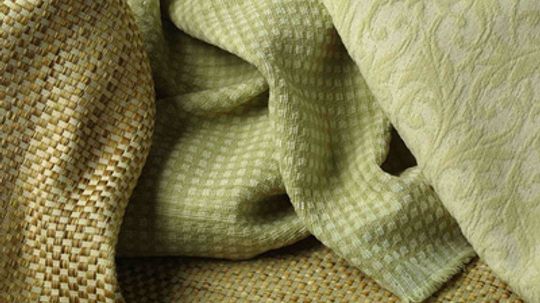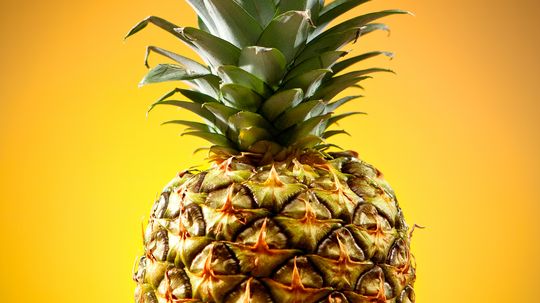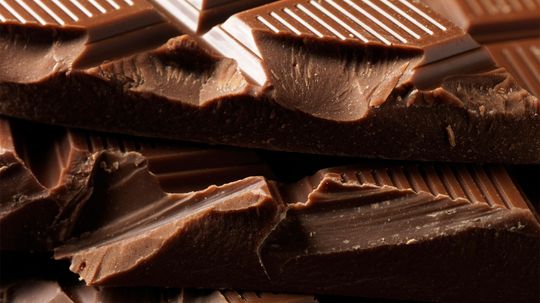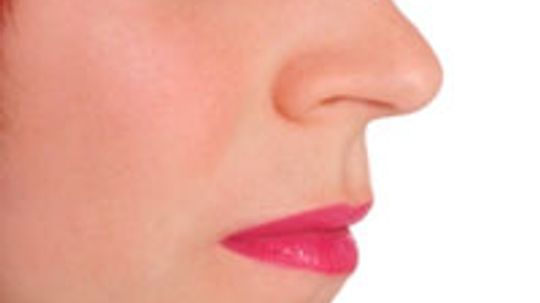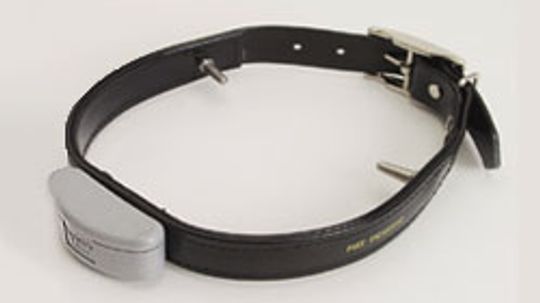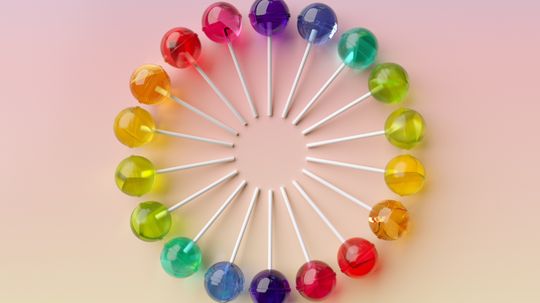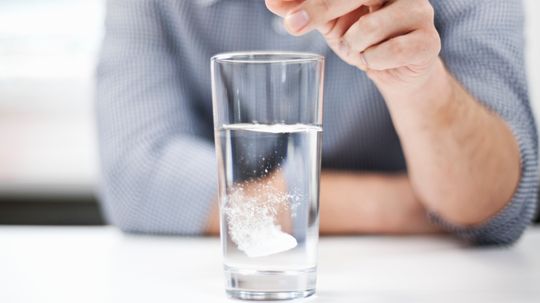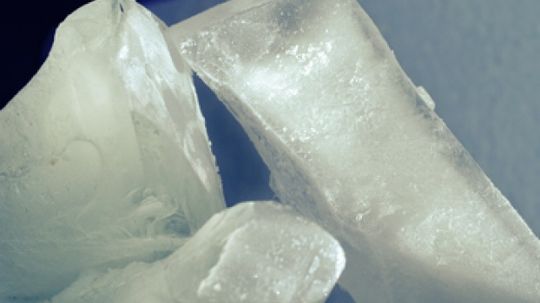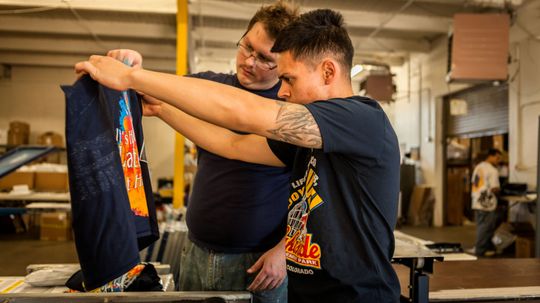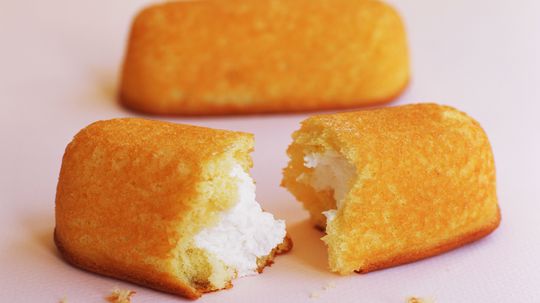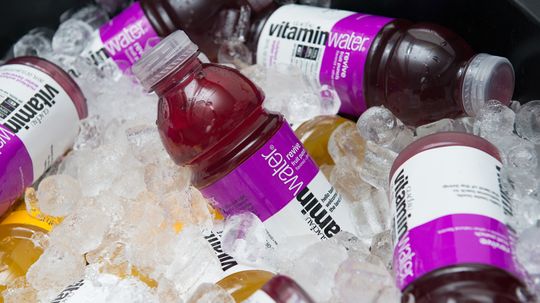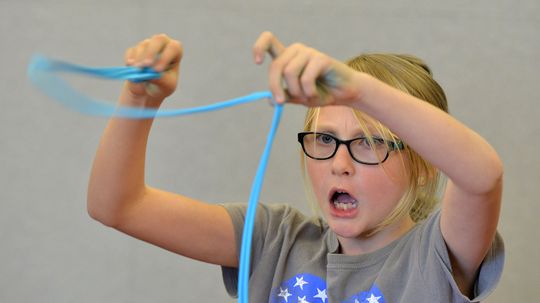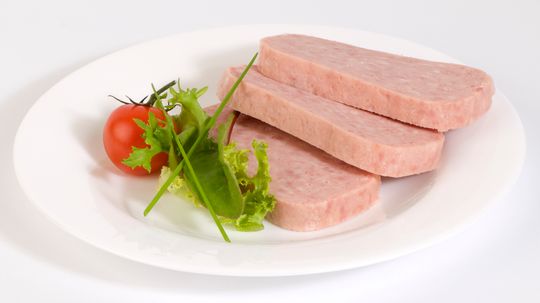Innovation
Do you know how common everyday items, such as mirrors, fireworks or sunglasses work? This collection of Innovation articles explores the workings of objects you may come into contact with on a regular basis.
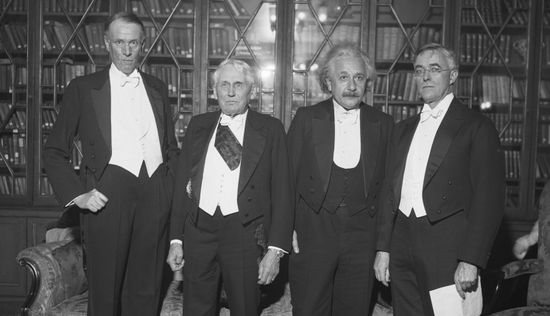
10 Nobel Laureates Whose Work Changed the World
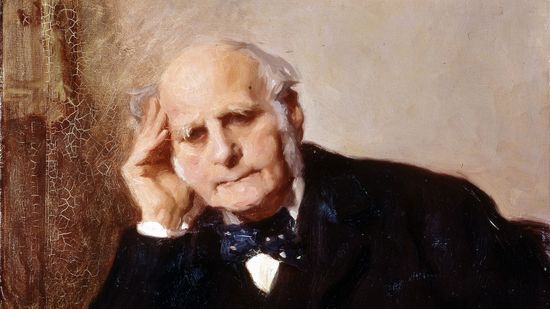
Eugenics Overshadows the Legacy of Scientific Genius Francis Galton
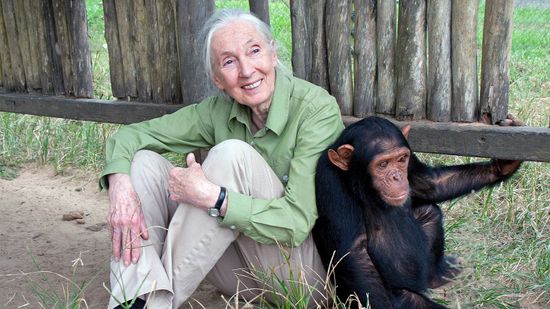
Jane Goodall: A Global Face for Global Peace
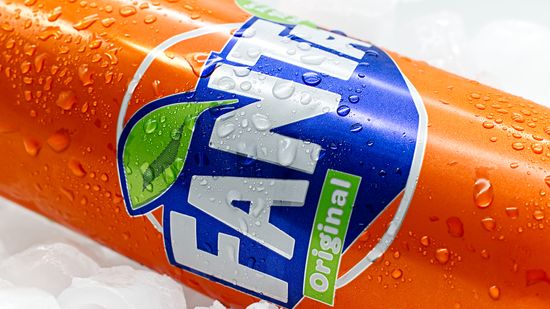
Who Made Fanta? Was It Really the Nazis' Favorite Soda?

'Mad Honey' Comes From Bees That Gather This Specific Nectar

Barrels and Barrels of Aged Beer

Who Invented the Toilet? A Brief History of the Flush

HowStuffWorks: How Porta Potties Work
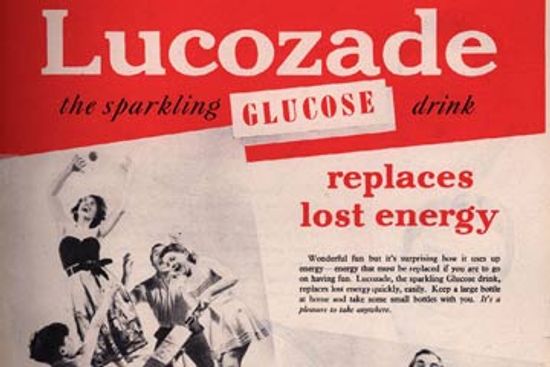
Who invented sports drinks?

Meet the Man Who Invented Cool Whip, Tang and Pop Rocks
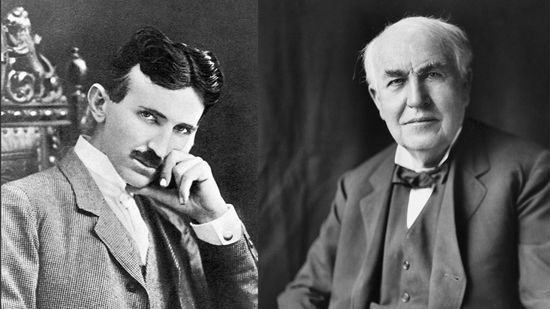
Thomas Edison vs. Nikola Tesla Quiz
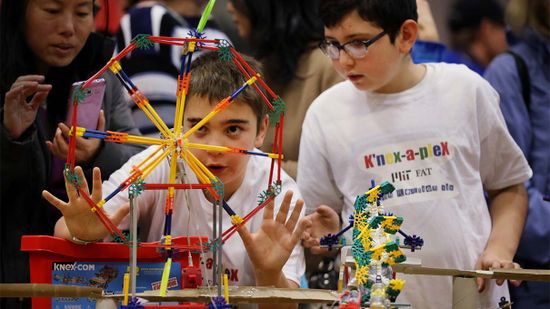
Rube Goldberg: The Man Behind the Ingenious Contraptions

The Evolution of Dictaphones: A Comprehensive History

The Evolution of the Franklin Stove: From Invention to Modern Efficiency
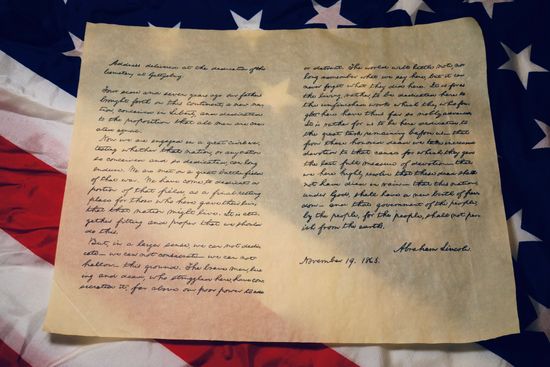
The Fascinating History of the Mimeograph Machine

5 Green NASA Inventions
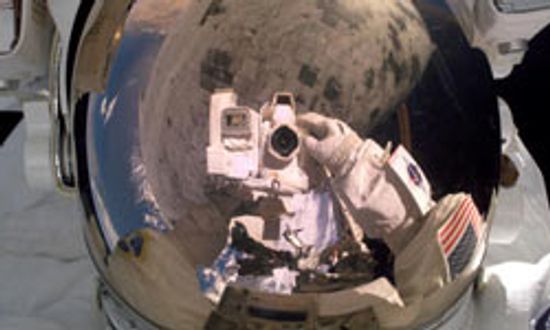
5 Types of NASA Technology in Your Attic
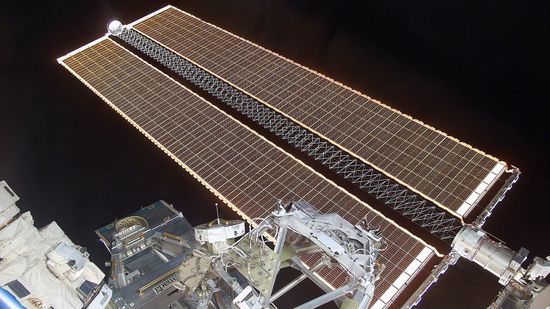
How Has NASA Improved Solar Energy?

How hard is the patent application process?

How to File a Patent
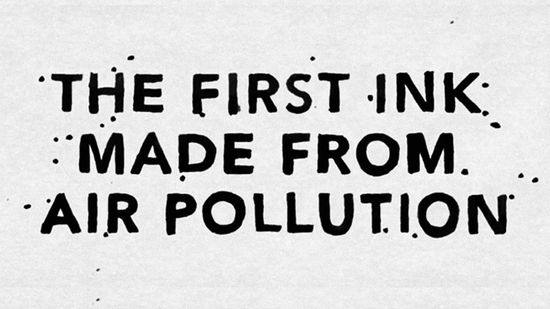
Turning Air Pollution Into Ink

10 New Uses for Old Inventions

How Do QR Codes Work? 2D Barcodes Explained
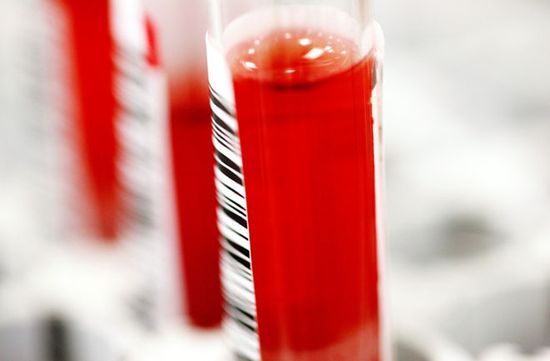
How can a bar code save your life?

Is it possible to fix a blown fuse with a chewing gum wrapper?
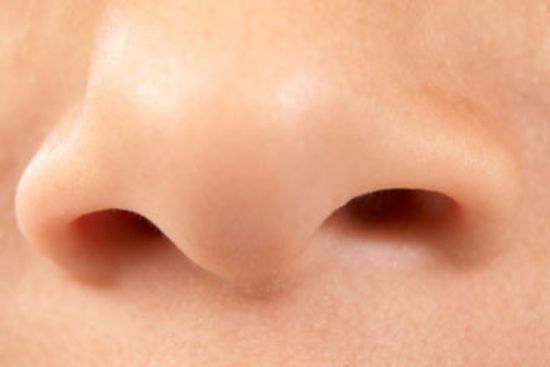
How do scratch-and-sniff stickers work?

10 Oddball Questions Scientists Have Genuinely Tried to Answer

Why does a balloon stick to hair?
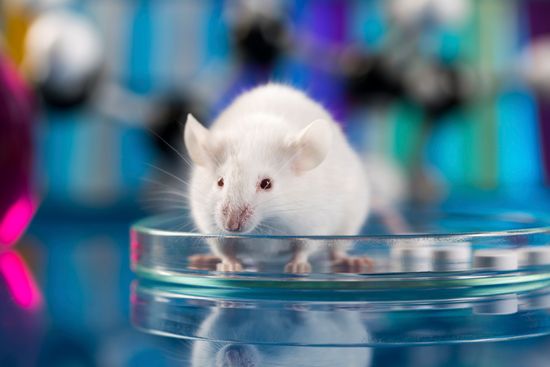
Why Do We Experiment on Mice?
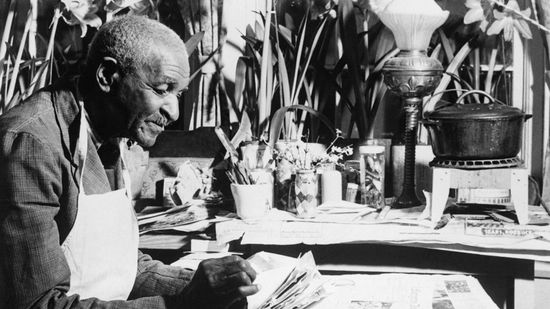
10 Black Scientists You Should Know
Learn More / Page 4
Right now, you may be sitting on a chair or walking on a rug made of some type of fabric. Hopefully, you're wearing fabric in the form of clothes! But fabric is easily damaged. So what if there were a super fabric out there that stayed intact?
Newton's iconic laws of motion are at work all around you, whether you're watching an Olympic swimmer push off a pool wall or a batter hit a baseball. So what are they?
Some cooks like to pound their steak with a mallet. Other adventurous souls have tenderized meat with explosives. Why does a pineapple work just as well?
By Tom Scheve
Advertisement
Crunchy crust, soft, spongy middle -- there's something about fresh-baked bread. Have you ever thought about bread as a technology? Learn about the biochemical reactions that make bread taste so good!
Who doesn't love a smooth, creamy bar of chocolate? The process to make one is pretty tricky, but sooo worth it.
By Shanna Freeman & Alia Hoyt
Tired of hearing about things like monounsaturated fats, partially hydrogenated oils and trans fatty acids and not knowing a thing about any of them? Find out what you need to know here.
If you've ever been to an aerial fireworks show, then you know that fireworks have a magic all their own. Ever wonder how they make such incredible colors and designs? Learn all about these pyrotechnics!
Advertisement
Because sustenance ensures our survival, food preservation is one of the oldest technologies developed by human beings. Find out what's being done to your food to make it last longer.
Ever wonder what, exactly, you are putting in your body when you eat? Would you like to know the real difference between a "fat" and a "carb"? Learn all about food and how your body uses it!
Got a few grays? Just want a new look? Well, if you are like 75 percent of women, you're part of a billion dollar industry. Learn all about hair coloring and choosing the best color for you.
Want to keep your dog out of the neighbor's yard but feeling guilty pulling out a leash? You might consider an underground or wireless pet fence. Learn how these fascinating systems work and why this specialized fencing industry is booming.
By Melissa Russell-Ausley
Advertisement
There's a candy called 'Pop Rocks.' When you put it in your mouth it makes a loud popping sound and it feels really weird! How do Pop Rocks work?
Hydrogen peroxide is something that is used to clean cuts. Have you ever wondered why it foams when placed on a cut? Learn about hydrogen peroxide.
By Yara Simón
Yesterday you talked about hydrogen peroxide, and the day before you talked about Pop Rocks candy. Since we are talking about things that fizz, what about Alka Seltzer? How does it work and why does it fizz?
It's technical name is sphygmomanometer and it takes your blood pressure. But how does it do that?
Advertisement
Many of the things I buy contain little packets of crystals. Some of them actually say "Silica Gel" on them, but many are unlabeled or say something like, "Do not eat." I have found these packets in electronics, vitamins and even in some pepperoni I
How do chickens create eggs? Does the chicken's body make the shell and fill it with the white and yolk somehow, or does it make the white and yolk and then somehow wrap the shell around it?
Dry ice is frozen carbon dioxide that's used in everything from transporting goods to removing skin imperfections. Learn more about dry ice and how to use this versatile compound effectively and safely.
I'm having T-shirts printed, and the people at the shop keep talking about "silk-screening." How does silk-screening work?
Advertisement
A nautical mile is used for navigation at sea. It is a unit of measurement based on the circumference of Earth. How does it relate to a standard mile and a kilometer?
By HSW Contributors
In an age of health-conscious consumers, low-carb diets and bottled water, one snack has stood the test of time. Twinkies are an icon of junk-food snacks and guilty pleasures, nutritionally worthless yet irresistibly yummy.
Water and vitamins help keep us alive and healthy. So if you put the vitamins in the water, wouldn't you be even healthier? Check out Glaceau's Vitaminwater and see if it really does what it claims to do.
By John Fuller
A man has a gun. But this is no ordinary man, and this is no ordinary gun. This isn't a setup for a sci-fi thriller. It's the premise for quantum suicide.
By Josh Clark
Advertisement
From cornflakes to Silly Putty, many of the things we consume today were created unintentionally. Here are the stories behind eight well-known inventions.
Spam has been inspiring obsession and revulsion since the Great Depression. What exactly makes people so passionate about it?
